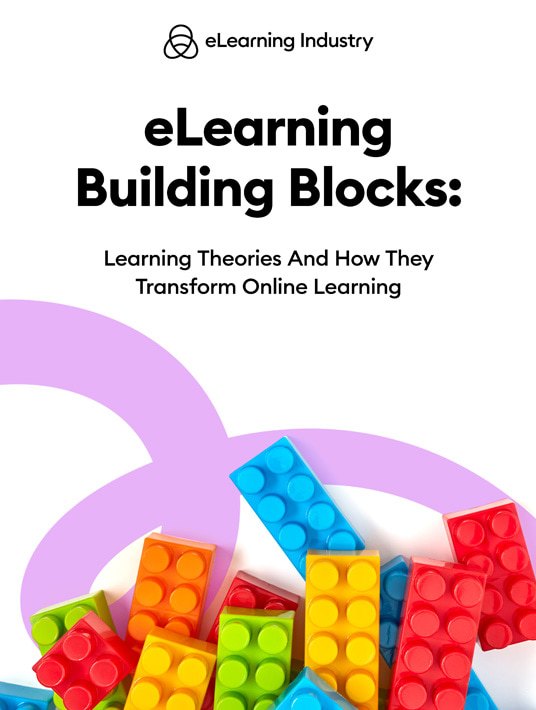Applying Learning Theories In eLearning Curriculum Design
Learning theories introduced decades ago, like behaviorism, constructivism, and cognitivism, still play a vital role in eLearning design. Rewards, repetition, and reinforcement all stem from these core theories and help shape contemporary eLearning. This guide explores the ins and outs of these eLearning building blocks that can make your online course more effective and engaging.

eBook Release
eLearning Building Blocks: Learning Theories And How They Transform Online Learning
Discover
What Are The Benefits Of Implementing These Key Theories?
Capturing learners’ attention, making content easier to digest, and motivating learners to achieve their full L&D potential are just a few of the perks of applying learning theories in virtual training environments. For example, color psychology gives you the opportunity to create content that evokes certain emotions to encourage concentration and creativity among your learning audience. While connectivism allows for online learning communities that tap into the power of social learning and peer coaching.
About This eBook
What are the origins of these learning theories? How do they foster personalized learning and prevent cognitive overload? Here’s a sneak preview of what you’ll find in this guide:
- How Can Behaviorism Be Applied To eLearning Development?
- 6 Ways To Use Cognitivism To Promote Personalized Learning
- Promoting Long-Term Knowledge Retention Using Constructivism
- 7 Ways The Humanistic Learning Theory Boosts Learner Engagement
- Using Connectivism Learning Theory To Foster An Online Learning Community
- How To Apply Color Psychology To Enhance eLearning Design
Get Your Copy
Download eLearning Building Blocks: Learning Theories And How They Transform Online Learning today to discover how to leverage well-established theories in your course design.

